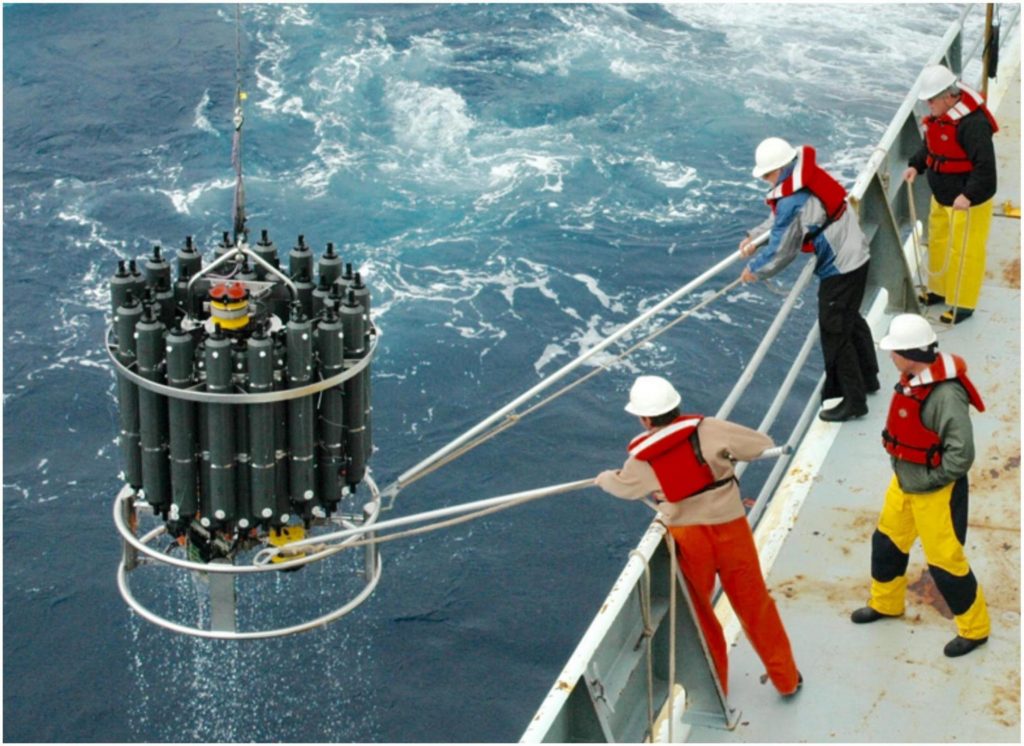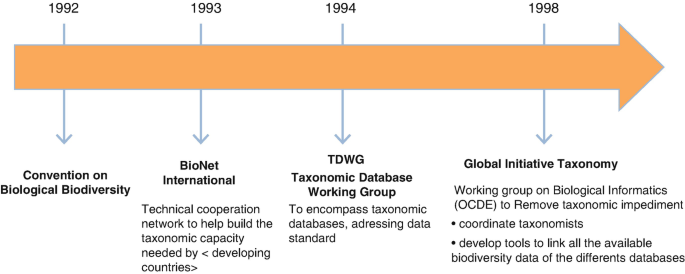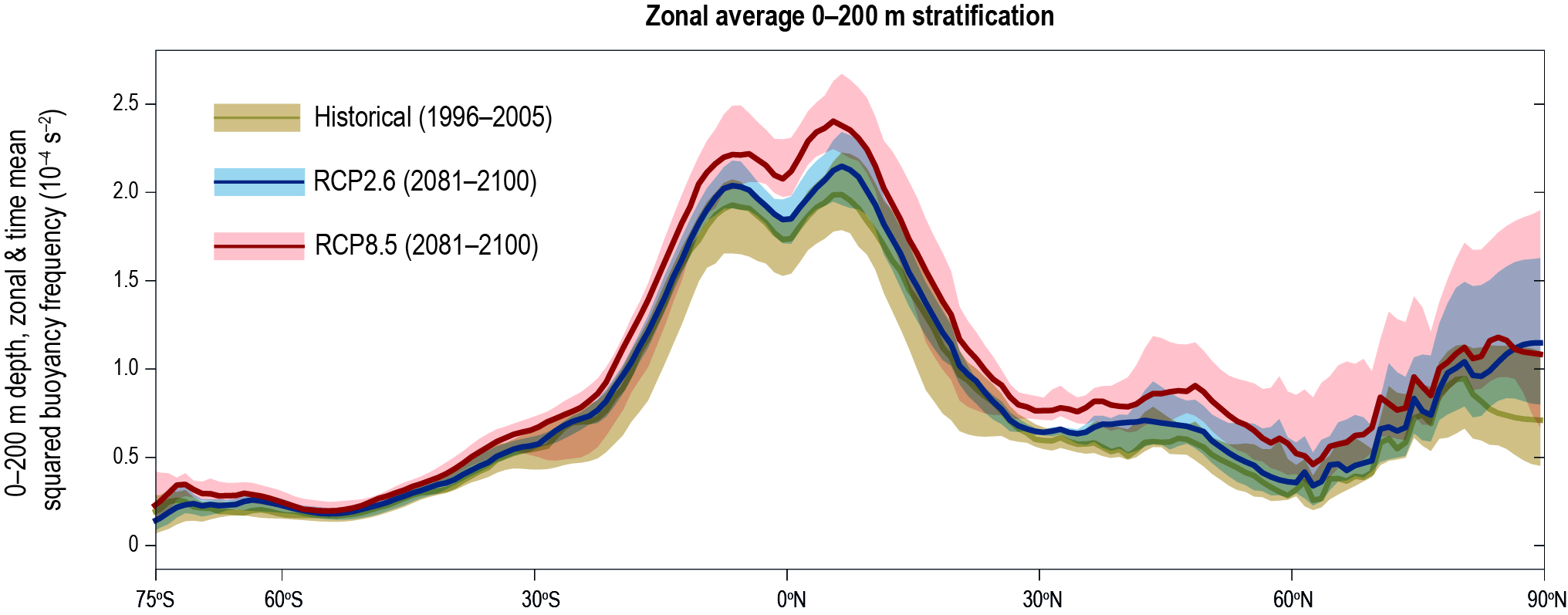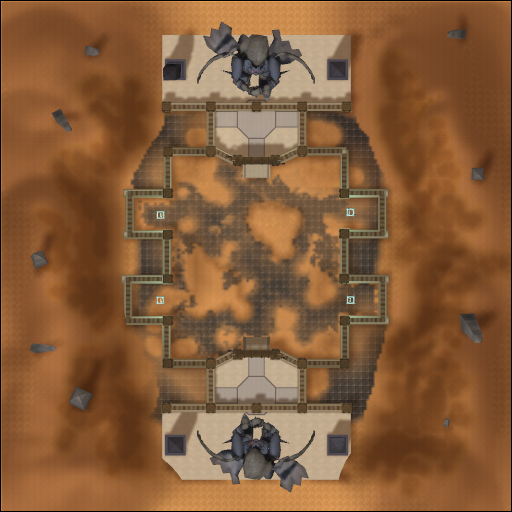Toward a new data standard for combined marine biological and
Por um escritor misterioso
Descrição
The Ocean Biogeographic Information System (OBIS) is the world’s most comprehensive online, open-access database of marine species distributions. OBIS grows with millions of new species observations every year. Contributions come from a network of hundreds of institutions, projects and individuals with common goals: to build a scientific knowledge base that is open to the public for scientific discovery and exploration and to detect trends and changes that inform society as essential elements in conservation management and sustainable development. Until now, OBIS has focused solely on the collection of biogeographic data (the presence of marine species in space and time) and operated with optimized data flows, quality control procedures and data standards specifically targeted to these data. Based on requirements from the growing OBIS community to manage datasets that combine biological, physical and chemical measurements, the OBIS-ENV-DATA pilot project was launched to develop a proposed standard and guidelines to make sure these combined datasets can stay together and are not, as is often the case, split and sent to different repositories. The proposal in this paper allows for the management of sampling methodology, animal tracking and telemetry data, biological measurements (e.g., body length, percent live cover, ) as well as environmental measurements such as nutrient concentrations, sediment characteristics or other abiotic parameters measured during sampling to characterize the environment from which biogeographic data was collected. The recommended practice builds on the Darwin Core Archive (DwC-A) standard and on practices adopted by the Global Biodiversity Information Facility (GBIF). It consists of a DwC Event Core in combination with a DwC Occurrence Extension and a proposed enhancement to the DwC MeasurementOrFact Extension. This new structure enables the linkage of measurements or facts - quantitative and qualitative properties - to both sampling events and species occurrences, and includes additional fields for property standardization. We also embrace the use of the new parentEventID DwC term, which enables the creation of a sampling event hierarchy. We believe that the adoption of this recommended practice as a new data standard for managing and sharing biological and associated environmental datasets by IODE and the wider international scientific community would be key to improving the effectiveness of the knowledge base, and will enhance integration and management of critical data needed to understand ecological and biological processes in the ocean, and on land.

New Data Standard for Oceanographic Research :: Ocean Carbon & Biogeochemistry

Marine Biodiversity Databanks

Ocean Decade data & information strategy: The United Nations Decade of Ocean Science for Sustainable Development (2021-2030)

Global Change Biology, Environmental Change Journal

Marine Biodiversity and Geographic Distributions Are Independent on Large Scales - ScienceDirect

Inequality in science and the case for a new agenda

Chapter 5: Changing Ocean, Marine Ecosystems, and Dependent Communities — Special Report on the Ocean and Cryosphere in a Changing Climate

Publishing DNA-derived data through biodiversity data platforms

Supporting the essential - Recommendations for the development of accessible and interoperable marine biological data products - ScienceDirect
de
por adulto (o preço varia de acordo com o tamanho do grupo)







